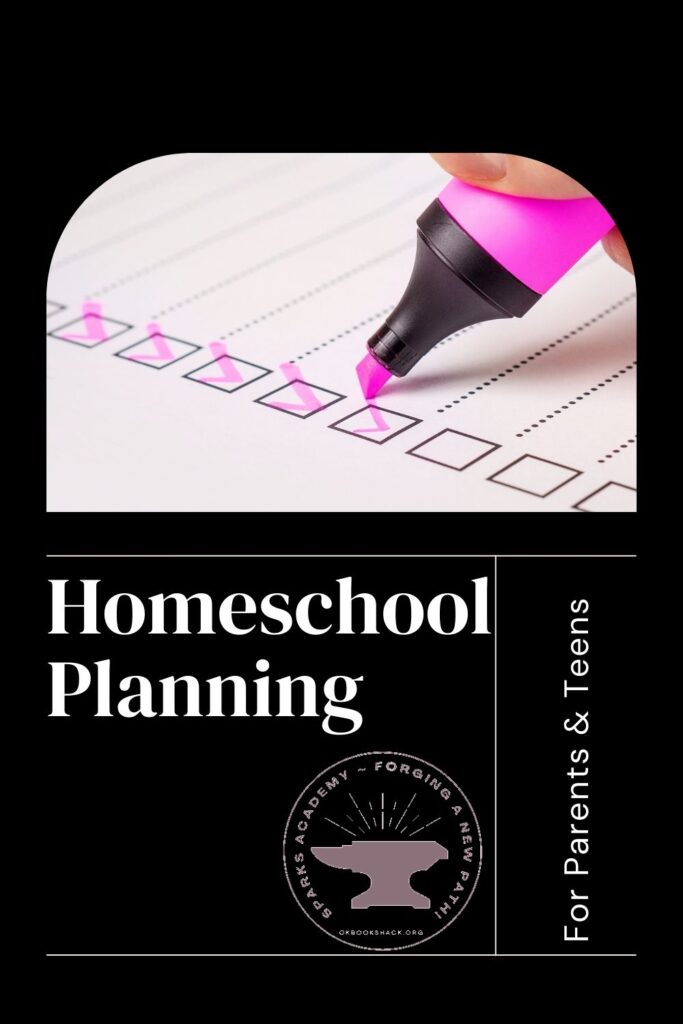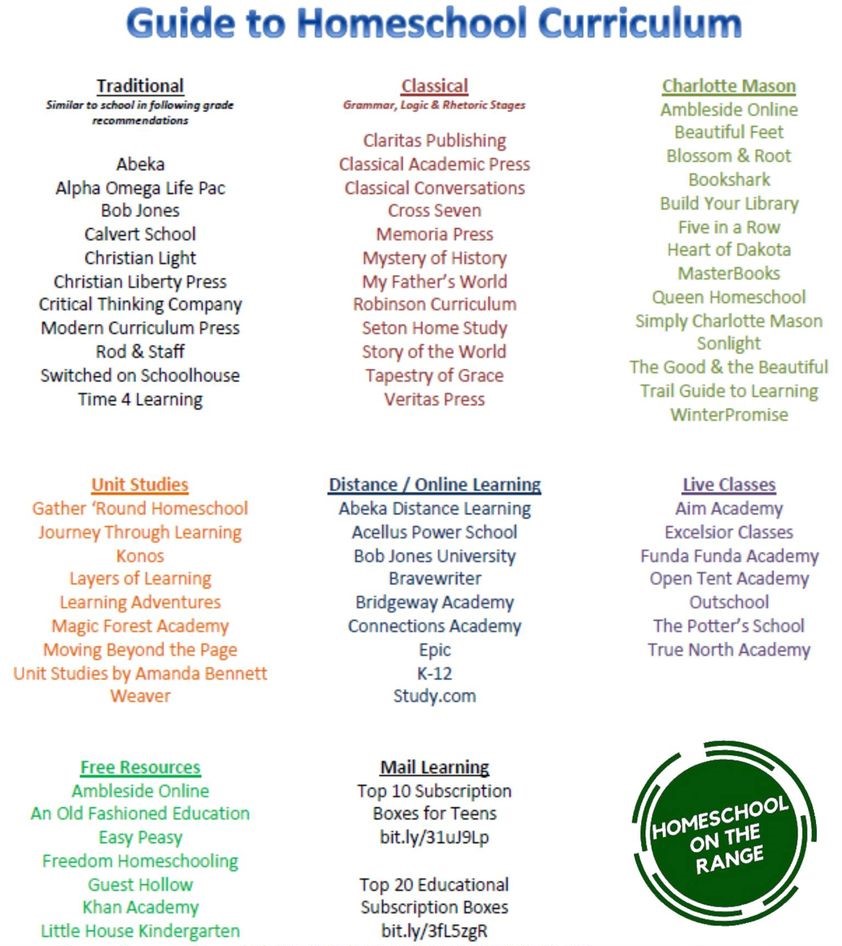Homeschooling is a big job! If you’re trying to be mom, wife, housekeeper, chauffeur, and teacher…you’re going to tucker out quickly. Homeschool planning can help you start off on the right foot!
Remember this, you can be flexible and creative with your schedule. There are as many different ways to homeschool as there are homeschooling families. Also, your home is not a school, and you don’t have to re-create school, so don’t be afraid to do what works for you!
Homeschool Planning: Getting Started
You’ve heard the phrase, “Failing to plan is planning to fail.” Some folks may think they don’t need a planner (I’m guessing these folks are under 40), and truthfully, failing to plan may not be quite that bad, but it does mean forgetting important things. Maybe you’re a tech person, or maybe you prefer pen and ink, but find a planning method that works for you!
Start by outlining the year. Make a note in each month of birthdays, holidays, vacations, and any planned time off. This could include upcoming moves, pregnancy due dates, or other big events. After noting these, make sure you have the minimum number of required school days for your state (usually 180).
While you’re planning, include some field trips. If you like routine, maybe plan a specific day each month (eg, third Friday), or you can just wing it! Also be sure to leave some blank spaces – days for catching up, following bunny trails, and for those #LifeHappens moments.
Homeschool Planning: Choosing a Groove
Now that you have an idea of what your calendar year looks like, decide what rhythm you want the school year to have.
- Do you want to follow a traditional school schedule, mimicking the public school calendar of August through June, with similar breaks? This might be a good option if your children have cousins or friends that they want to see on school breaks.
- Do you want to school year-round, spreading out the work at a relaxed pace and taking time off regularly?
- Do you want to have a four-day school week, leaving one day each week free for field trips, appointments, and playdates? This can be a good option if you need to schedule regular appointments, as you’ll know you always have this day of the week free.

When you’re making your plan for the year, you’ll want to put in scheduled appointments and schedule out the first few weeks of school work, but don’t plan too far in advance. Why? Because life happens. You might need to adjust the class work load, adding more or relaxing it, depending on your student’s progress. No need for you to waste time planning every single day of school when it will change.
Each month, reevaluate where your student is and plan out schoolwork for the next month around the appointments, field trips, and blank spaces. Oh ya. And write in pencil. Because things change. When it comes to planning, we follow the Robinson’s advice with curriculum lessons and just, “Keep Moving Forward.”
For older students – in middle and high school – it’s never too early to help them start their own planning as well. This teaches personal responsibility and time management. Check out the Five Best Planners for Teens to find an option perfect for your teen.
Homeschool Planning: Ages & Stages
Depending on the age of your student, you’ll need to plan a little more or a little less. In general, the younger the child, the laxer you can be.
Birth to Age 3
This age is about learning through play. Life skills, motor skills, and language development are the primary goals.
Preschool and Kindergarten
While children should still be focusing on learning through play, there can be a slight switch to academic goals. Learning letters, numbers, sounds, how to print their name are the primary goals.
Elementary School
There is still some learning through play, but more focus on academic goals. This is the time to decide what type of curriculum you want to use – classical, traditional, unit studies, Charlotte Mason, etc – and be sure to cover reading, writing, and arithmetic, as well as introductory science and social studies. Follow your student’s interests and curiosities!
Learn more about types of curriculum here

Middle School
This is when students really begin to buckle down in academics, becoming more intentional about learning. Classes become more difficult, electives are added into the day, and students begin to think about career options for down the road. Students become more independent and start taking more responsibility for their learning at this age, too.
High School
Start with the end in sight. Have an idea of what your child might like to do after graduation, and plan courses around this. Classes are divided into core subjects (science, math, language arts, history) and elective classes. Don’t forget to plan for standardized testing if college is a possibility. Internships, hands-on projects, and volunteer hours should all be recorded, too.
Find more specialized advice and inspiration for a variety of lifestyles and challenges in the Homeschooling the Upper Grades series. If you are confused, overwhelmed, or frustrated by the thought of tackling homeschool planning in the high school years, Sparks Academy offers academic advising and college planning assistance.
Homeschool Planning: Outside of School
Meal Planning
You may not consider meal planning part of homeschooling planning, but it’s really important! Without having a plan in place for dinner, it’s suddenly five o’clock and you have nothing thawed out. This leads to a lot of take out, going out to eat, and stressed, hungry family members.
Consider your weekly schedule when meal planning. If Tuesdays are a full, busy day with evening activities, plan a freezer meal. Or make a large meal on Monday and serve the leftovers the next day. Save those time-consuming family favorites for days that are more flexible.
Freezer meals and slow cooking are two easy methods for getting healthy dinners on the table every night AND doing so while saving money. Try these simple meal ideas to help you get started!
Take a Deep Breath
You have everything in place to have a wonderful homeschool year! But don’t forget to attend to yourself, too. Homeschool moms are notorious for wearing twenty hats at once! We go and go and go and go until we just can’t do it anymore…it’s called burnout.
Plan a few ‘blank spaces’ and Moms’ Night Outs in that yearly calendar. Pick up an encouraging book specifically for homeschooling mamas.
